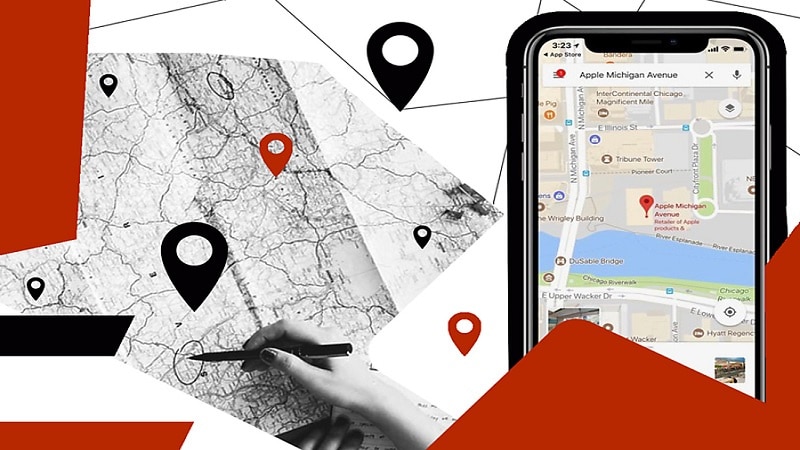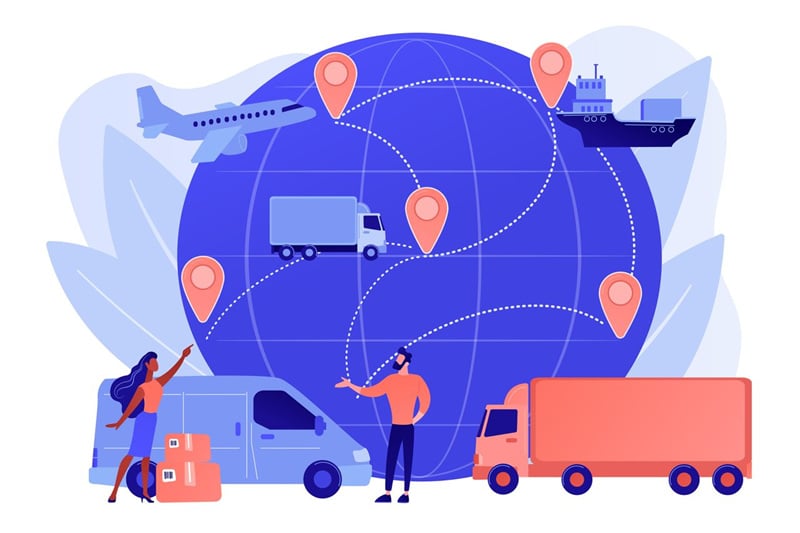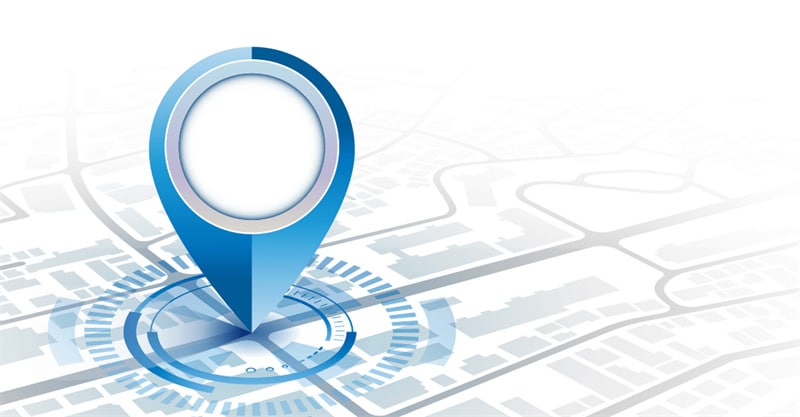
Preamble
The storages of the World Wide Web have a huge amount of all kinds of data, and constant requests are made to this data from different parts of our planet. IT specialists develop various software products and applications, create many services to manage all these data flows.
Among the many different types of software, we should highlight such a tool as geocoding (GC), which is an indispensable virtual assistant that allows us to determine easily the place of any physical object or location. Knowing how to use the services of the geocoding API, any interested person will get rid of the problems associated with finding the location of any geographical object.
Benefits of geocoding
The question of searching for addresses, locations, routes has always been the main one in the activities of almost any business company and not only it. By default, it is considered that address search is the concern of only those organizations that are engaged in logistics, transportation, provide relocation services, etc. This is certainly true, and for such companies, the GC process is vital.
However, let's not forget about the universality of the use of many virtual assistants, including the GC. As an example, we can cite cases of using the GC as a supplier of analytical information for almost any organization. Since the goal of any business is an analysis of the client base, gradation of target groups of clients, development of marketing strategies, etc., for its implementation, such a tool as a GC will become a supplier of unique information.
The essence of geocoding

The universality of the use of GC is due to the essence of this process. By definition, a GC is nothing more than the coding and transmission of address data of any location or object not in words, but in conventional geographical symbols.
These symbols have legalized names: “longitude” and “latitude”, are combined into a single standardized system of geographical coordinates and have established numerical characteristics. The search system by geographic coordinates is very convenient, because it allows us to avoid a lot of errors that inevitably appear in those cases when we are dealing with a verbal description of address data.
Speaking about the GC process, it should be noted that it exists in two options. The first option is the direct GC, which turns the “address word” into an “address number”, or, in simpler terms, the postal address is displayed as longitude and latitude numbers.
The second option is the reverse GC, in which, respectively, the numerical geographic coordinates – latitude and longitude – are transformed into a familiar postal address in the language specified in the request.
Application of geocoding

We have already noted that both direct and reverse GC are successfully used in many areas of human activity. At the same time, it should be noted that there are certain conditions that the software must meet for the most successful use of the GC. This is, first of all, the high accuracy of information in the response generated at the request of the user, and the speed of the response itself.
Speaking about the geocoding API of our service, we can be sure that both of these indicators will not disappoint our users, as they are at the level of world analogues. This is also valuable because, if desired, users can easily switch to an analog service without experiencing any discomfort.
So, what does a user need to do in order to use the services of the geocoding api? First of all, to formulate his request correctly. Depending on what result the user needs, the content of the request will change. That is, for a direct GC, the postal address must be specified in the request, for a reverse GC – geographic coordinates.
The geocoding API documentation details all the required and optional characteristics of a request.It should be clarified that the interaction of the user with the service will be carried out either by http-protocol, or by https-protocol. The latter is preferred for security reasons. The response of the service to the user's request is generated in Json format.
Just like a request, a response includes both required and optional characteristics. Users can also find a detailed description of these characteristics in the geocoding API documentation.
It should be clarified that the interaction of the user with the service will be carried out either by http-protocol, or by https-protocol. The latter is preferred for security reasons.
The response of the service to the user's request is generated in Json format. Just like a request, a response includes both required and optional characteristics. Users can also find a detailed description of these characteristics in the geocoding API documentation.










